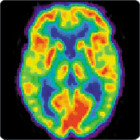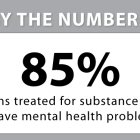The Plague of Bullying
|
The U.S. Department of Education held the first summit on school bullying this week. It comes in the wake of several high profile suicides linked to bullying, including two children in Georgia. Education Secretary Arne Duncan called bullying in schools across the country “a plague.” The Christian Science Monitor provides these alarming statistics:
Nearly 1 out of 3 students in middle and high school said they had been bullied in 2007. 1 out of 9 high schoolers – 2.8 million students – said they had been pushed, shoved, tripped, or spit on during the last school year. 900,000 high schoolers reported being cyberbullied in 2007.





